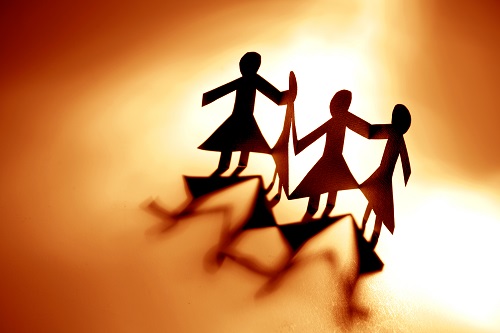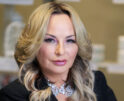
Your Body Image Perception: Healthy Criticism Or Unrealistic Expectations?
As a society we are obsessed with body image. Nobody is immune from this. Women and men are both held to often impossible standards of beauty, femininity, and masculinity. People are expected to look certain ways and are rewarded for working to achieving that ideal. Women, in particular are targeted and the attempts to brainwash us into becoming a corps de ballet of Western society is everywhere.
This isn’t just a beauty issue; it seeps into every aspect of our lives. Women who fail to achieve the Western caucasian ideal, for example, are paid less on average than those who are caucasian, blonde, small nosed, etc.
There is no doubt that this is harmful–not just to a woman’s bank account but to her psyche. According to American Addiction Centers, body dysmorphia is an issue that is getting recognized more often and rightly so, as it affects as many as 2.4% of adults. Body dysmorphia, for the uninitiated, is a psychological condition in which a person is convinced that she looks much different (often worse) than she actually does. Most often, a woman will look in a mirror and see someone who is obese and overweight even when she is of a perfectly healthy weight. It is also widely believed to be a driving factor in eating disorders.
So, where does this come from?
The easiest target to blame is the media. Obviously, ads for fashion and beauty products are a culprit, if they didn’t encourage women to want to change the way they looked, the manufacturers of the clothing and cosmetics wouldn’t sell as many units. It isn’t just the fashion and beauty industry that is problematic, however. In our modern media from television shows to magazine ads for household cleansers, we see women who have the same basic body type, have one of a few “acceptable” hair colors. Typically the woman is very thin, with large breasts and blonde, brown, or red hair.
She is also typically young. In Western culture, women who are over thirty are often shunted aside for being “too old” for, well, almost anything. Who doesn’t remember the story of Maggie Gyllenhaal being turned down for a role because, at age 37, she was deemed “too old” to play the love interest of a 55 year old man?
Or, more recently, didn’t we all shout our praises to Daniel Craig when he called out an interviewer for saying that the current bond girl is “an older woman” when, in fact, the woman is the same age as 007?
Thankfully, slowly these messages are starting to shift. Shonda Rhimes, for example, is held up as a paragon within media circles for her television empire and she makes a point to showcase actors of varying ethnicities, body types, etc.
Independent artists are also working hard to literally change the face of “acceptable beauty” within Western culture.
We should also point out that this push for Western thin and blonde-ness is detrimental for men as well. While men are not pushed as forcefully toward a single body image, hair color, or facial structure they are taught, via the same messages to hold others to these standards. They are encouraged, however subtly, to adjust their behaviors toward women based on that woman’s looks. There is also a push for a stereotypical masculinity in which certain personality types and traits are seen as masculine and others aren’t.
The underlying point is that nobody is safe from the message that we have to look certain ways to be seen as acceptable and to earn as much as our “traditionally beautiful” counterparts. While some may view these messages as healthy criticism, they are, in fact, harmful and we need to work hard to change them and to teach people to appreciate and even encourage diversity.
Recommended
-
5 Skin Care Trends: What Profe...April 10th, 2024
-
The Power Of Saying “No” W...March 22nd, 2024
-
Is It Time To Change Your Rela...March 20th, 2024
-
Resilience & Transformati...February 20th, 2024
-
Letting Go Of Trying Harder To...January 23rd, 2024















